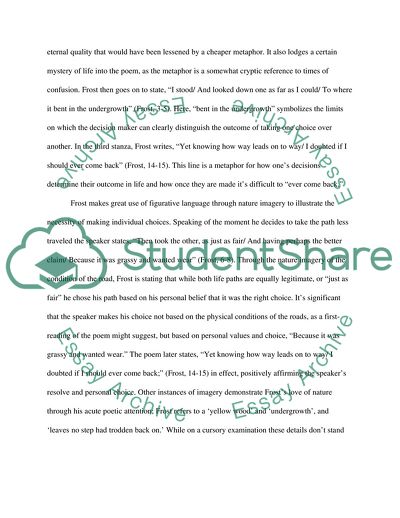Cite this document
(Stylistics Coursework Example | Topics and Well Written Essays - 1750 words, n.d.)
Stylistics Coursework Example | Topics and Well Written Essays - 1750 words. https://studentshare.org/english/1738071-stylistics
Stylistics Coursework Example | Topics and Well Written Essays - 1750 words. https://studentshare.org/english/1738071-stylistics
(Stylistics Coursework Example | Topics and Well Written Essays - 1750 Words)
Stylistics Coursework Example | Topics and Well Written Essays - 1750 Words. https://studentshare.org/english/1738071-stylistics.
Stylistics Coursework Example | Topics and Well Written Essays - 1750 Words. https://studentshare.org/english/1738071-stylistics.
“Stylistics Coursework Example | Topics and Well Written Essays - 1750 Words”. https://studentshare.org/english/1738071-stylistics.


